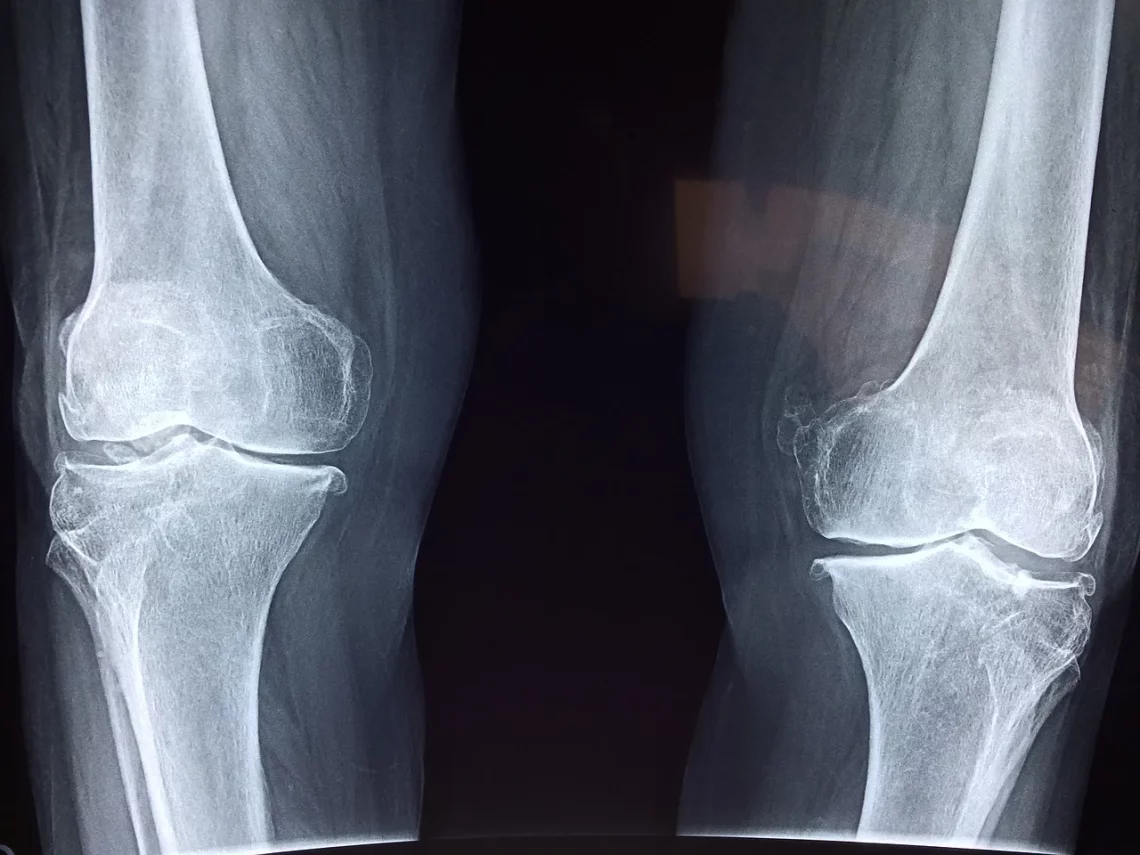
Understanding Femur Bones in Dogs: Health and Care Tips
Understanding the anatomy of femur bones in dogs is crucial for any pet owner or veterinary professional. The femur, or thigh bone, is one of the largest and strongest bones in a dog’s body, playing a vital role in mobility and overall health. It connects to the hip joint at one end and the knee joint at the other, allowing for a range of movements that are essential for a dog’s daily activities.
The femur is not just a structural component; it also serves as a site for muscle attachment, which is key for locomotion. In addition, understanding the femur’s function and health can provide insights into a dog’s overall well-being. Various factors can influence the health of the femur, including genetics, age, nutrition, and activity level.
As dogs age or become more active, the risk of injuries or health issues related to the femur can increase. This makes it imperative for dog owners to be aware of potential problems and the necessary care to maintain their pet’s bone health. Ensuring that a dog has a strong and healthy femur is not just about preventing injuries; it’s also about promoting a high quality of life. By being proactive, pet owners can help their furry friends enjoy a more active and fulfilling life.
Function and Structure of the Femur in Dogs
The femur serves multiple functions within a dog’s skeletal system. Its primary role is to support the dog’s weight and provide stability during movement. The femur is designed to withstand significant stress, making it essential for activities such as running, jumping, and playing.
Structurally, the femur consists of three main parts: the head, the neck, and the shaft. The head of the femur fits into the acetabulum of the pelvis, forming the hip joint. This ball-and-socket joint allows for a wide range of motion, which is crucial for a dog’s agility. The neck of the femur is the narrow area that connects the head to the shaft, and it is here that many injuries can occur, especially in active breeds.
The shaft is the long, straight part of the femur that extends down to the knee joint. This section is not only robust but also provides a surface for various muscles and tendons to attach. These attachments are critical for movement, as they enable the muscles to pull on the bone, resulting in motion.
In addition to its mechanical functions, the femur also plays a role in the production of blood cells. The bone marrow within the femur is responsible for generating red and white blood cells, which are essential for overall health. Any issues affecting the femur can, therefore, have a cascading effect on a dog’s health.
Maintaining the structural integrity of the femur is crucial as it ensures that the dog can move freely and comfortably. Regular veterinary check-ups, a balanced diet rich in calcium and phosphorus, and appropriate exercise are all vital components in promoting femur health.
Common Injuries and Conditions Affecting the Femur
Despite its strength, the femur is susceptible to various injuries and conditions that can affect a dog’s mobility. One of the most common issues is femoral fractures, which can occur due to trauma, such as accidents or falls. These fractures can be particularly serious and often require surgical intervention to heal properly.
Another condition that can affect the femur is hip dysplasia, a genetic disorder where the hip joint does not fit into the hip socket properly. This misalignment can lead to arthritis and pain, severely affecting a dog’s quality of life. Symptoms of hip dysplasia include reluctance to exercise, difficulty standing up, or noticeable limping.
In addition to fractures and dysplasia, dogs can also suffer from osteosarcoma, a type of bone cancer that commonly affects the femur. This condition is more prevalent in larger breeds and often requires aggressive treatment, including surgery and chemotherapy. Early detection is key, so pet owners should be vigilant about any signs of pain or discomfort in their dogs.
Other conditions that may impact the femur include osteochondritis dissecans (OCD), a joint condition where cartilage develops abnormally, leading to pain and inflammation. This condition often occurs in younger dogs and can be exacerbated by excessive activity.
Regular veterinary visits and prompt attention to any signs of discomfort can help detect these issues early, allowing for better management and treatment options. By understanding the common injuries and conditions affecting the femur, dog owners can take proactive steps to protect their pets.
Preventive Care for Healthy Femur Bones
Preventive care is essential for maintaining the health of a dog’s femur bones. A balanced diet is the cornerstone of bone health. Ensuring that your dog receives adequate amounts of calcium, phosphorus, and vitamin D is vital. These nutrients play a crucial role in bone development and maintenance. High-quality dog food often contains these essential nutrients, but it can be beneficial to consult a veterinarian for specific dietary recommendations.
Regular exercise is another critical component. Engaging in activities that promote muscle strength and flexibility can help support the femur and surrounding joints. However, it is essential to tailor the exercise routine to the dog’s age, breed, and health status. For instance, younger dogs may benefit from more vigorous play, while older dogs might require gentler activities like walking or swimming.
Weight management is also crucial for femur health. Excess weight can put additional stress on the bones and joints, leading to a higher risk of injuries and conditions like arthritis. Monitoring your dog’s weight and adjusting their diet and exercise routine accordingly can help maintain a healthy weight.
Preventive veterinary care, including regular check-ups and vaccinations, is essential for early detection of any potential issues. Your veterinarian can perform routine radiographs to assess bone health and identify any abnormalities before they become serious problems.
Finally, providing a safe environment is crucial. Pet-proofing your home and ensuring that your dog has a secure area to play can help prevent accidents that may lead to femoral injuries.
Signs of Femur-Related Issues to Watch For
Being aware of the signs of femur-related issues is vital for any dog owner. Early detection can lead to better outcomes and more effective treatment options. Some common signs that may indicate a problem with the femur include limping, reluctance to move, and changes in behavior, such as increased irritability or withdrawal.
Limping can be a clear indicator of pain or discomfort in the affected leg. If your dog is favoring one leg over another or avoiding using it altogether, it may be time to consult a veterinarian. Similarly, if your dog shows signs of difficulty in jumping, climbing stairs, or getting up from a resting position, this could be a signal of underlying femur issues.
Another sign to watch for is swelling around the hip or knee joints. Swelling may suggest inflammation or injury that could be affecting the femur. Additionally, changes in your dog’s appetite or energy levels can sometimes correlate with pain or discomfort.
Keep an eye out for unusual behaviors, such as whining or yelping when the affected leg is touched. This reaction could indicate that your dog is experiencing pain associated with the femur or the joints connected to it.
Regular monitoring of your dog’s physical condition and behavior is key. If you notice any of these signs, it is essential to consult with a veterinarian as soon as possible. They can perform the necessary examinations and diagnostics to determine the underlying cause and recommend appropriate treatments.
Remember, while this article provides valuable information, it is not a substitute for professional medical advice. Always consult a veterinarian for any health-related concerns regarding your dog.
In conclusion, understanding the femur’s role in a dog’s anatomy, recognizing potential issues, and implementing preventive care can significantly contribute to your pet’s overall health and well-being. By being proactive, you can help ensure a long, happy, and active life for your furry companion.




